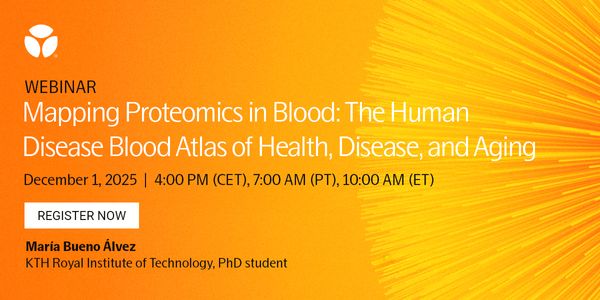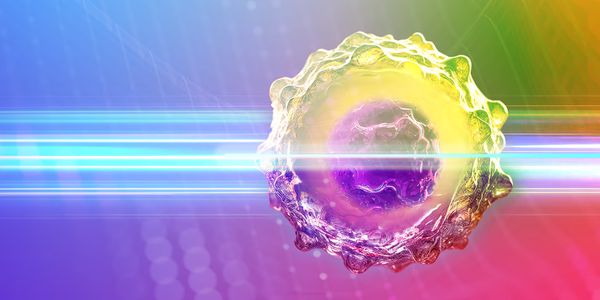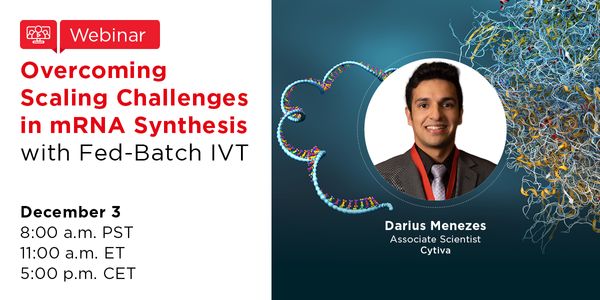Polyamines in bacterial growth and biofilm formation
-
Anthony J. Michael, PhD
Associate Professor, Dept. of Pharmacology, University of Texas, Southwestern Medical CenterBIOGRAPHY
Polyamines are small, mostly linear organic molecules found in almost all living cells, and are positively charged at physiological pH. As a consequence of their positive charge, polyamines bind electrostatically to negatively charged molecules, particularly RNA. Recently, polyamines have been implicated in bacterial biofilm development and pathogenicity. In eukaryotes, the triamine spermidine is essential for growth and cell proliferation, in part because an aminobutyl moiety of spermidine is used in the essential post-translational modification of translation factor eIF5A, a process known as hypusination. The hypusine modification of eIF5A is required to translate mRNAs encoding proteins containing polyproline tracts. This essential role of spermidine is not present in bacteria, and so there is no conserved essential function for polyamines across bacteria. However, it is clear that polyamines play different roles in growth and in biofilm formation in diverse bacteria. The role of polyamines in bacterial growth may influence their role in biofilm formation: in some species such as Campylobacter jejuni and Pseudomonas aeruginosa, spermidine is essential for planktonic growth, whereas in Bacillus subtilis spermidine is dispensible for normal growth but is essential for robust complex colony biofilm formation. In contrast, in Shewanella oneidensis, the diamine putrescine inhibits biofilm formation. In this seminar, the metabolism of polyamines in bacteria will be discussed, and the roles of polyamines in growth and biofilm formation of different bacterial species will be presented.
Polyamines in bacterial growth and biofilm formation
Please update your information
Certificate of Participation
DOWNLOAD CERTIFICATE






